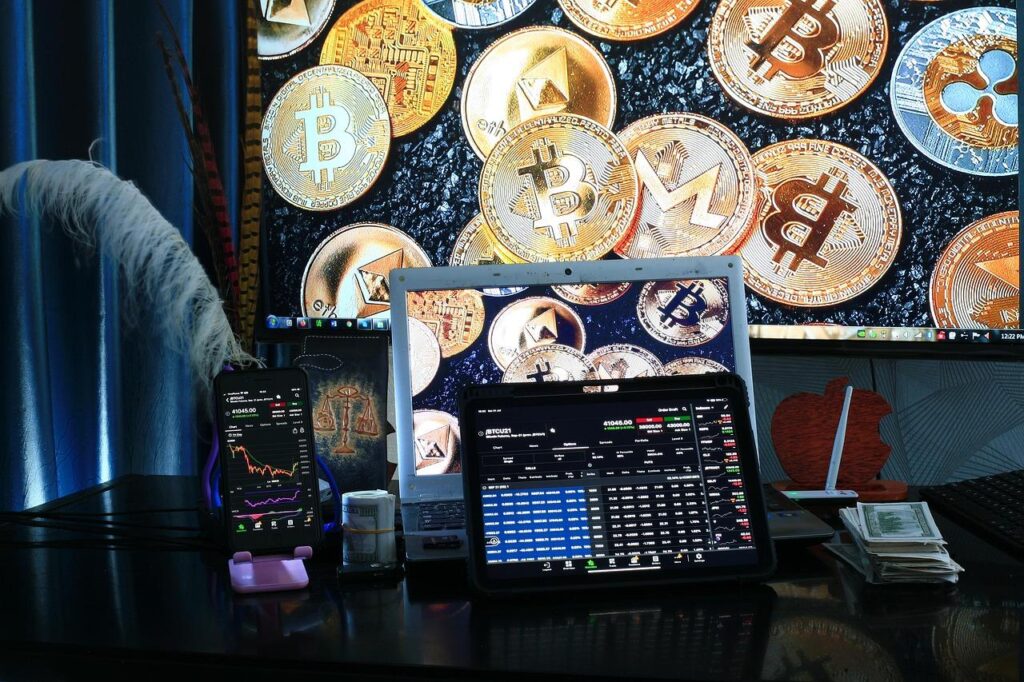When it comes to forex, especially trading dollars to yen, you can incorporate several tips and techniques that can help. Nonetheless, the language of currency trading, also referred to as forex trading, essentially revolves around the established abbreviations of specific currencies, where specific terminologies are used to refer to trading actions and trading market conditions, such as the currency pair USD/JPY.
Contents
USD/JPY – An Overview
Within the world of forex trading, very few currency pairs can actually compare to USD/JPY. As a matter of fact, the pair of USD/JPY remains constant as the most popular global currency that is the most traded one and ranks third, coming after GBP/USD and EUR/USD.
With that said, the USD/JPY currency pair in Forex exhibits the exchange rate between the US dollar and the Japanese yen, where the US dollar is the base currency. This currency pair represents the exchange rate that shows the number of Yen required to buy one American dollar. For instance, if the USD/JPY currency pair is currently trading at 135.00, it means that you require 135 yen to purchase one American dollar.
Analyze the American and Japanese Financial Data
With forex trading, one of the most important determining factors that can help with successful trade is analyzing how the potential market reacts to the release of financial data. With that said, for successful trades, you must analyze the financial data of Japan and the USA, while especially paying attention to basic news events, such as the Japanese Consumer Price Index, Japanese GDP (Gross Domestic Product), US CPI (Consumer Price Index), and US NFP (Non-farm Payrolls).
Essentially, when managing an open trading position, you must consider the bigger picture, such as what the potential outcome of any fundamental economic event on the trade can be, especially when trading within a shorter timeframe. When managing an open USD/JPY trading position, it is essential to analyze potential upcoming Japanese events and adjust risk management accordingly, including stop-losses.
Be Mindful of the Trading Time
With the increasing popularity of trading, the currency pair of USD/JPY is essentially positioned quite uniquely as a potential currency pair that offers increased liquidity. What this means is that the trading volume of USD/JPY is high throughout a twenty-four-hour frame; however, it tends to be the highest during the two sessions of “eight o’clock in the morning till five in the evening” during the New York session as well as “seven o’clock in the evening till three o’clock” during the Tokyo session.
Ideally, you should trade in a way that leverages the liquidity when the trading volume is the highest. Also, if you cannot trade during the normal working hours, you might want to leverage the Tokyo session and trade during that timeframe.
Analyze the Safe-Haven Demand
In the world of forex trading, it is essential to analyze and understand the demand for safe-haven assets. The demand for individual currency pairs fluctuates in various market conditions, which is also why forex markets are unique in terms of currency pair trends. The market volatility determines the ‘safe-haven’ demand in terms of how attractive a potential currency pair is.
Conclusion
When trading the USD/JPY currency pair, success lies in mastering the interplay of market timing, financial data, and global sentiment. As one of the most liquid and widely traded pairs, USD/JPY offers ample opportunity for traders but only if approached with thoughtful strategy. By understanding its unique characteristics, monitoring key economic indicators from both Japan and the United States, and aligning trades with high-volume sessions, forex traders can better position themselves in this fast-moving market. Incorporating safe-haven demand analysis and disciplined risk management ensures that each trade is not just a chance, but a well-informed step toward sustainable trading success.

